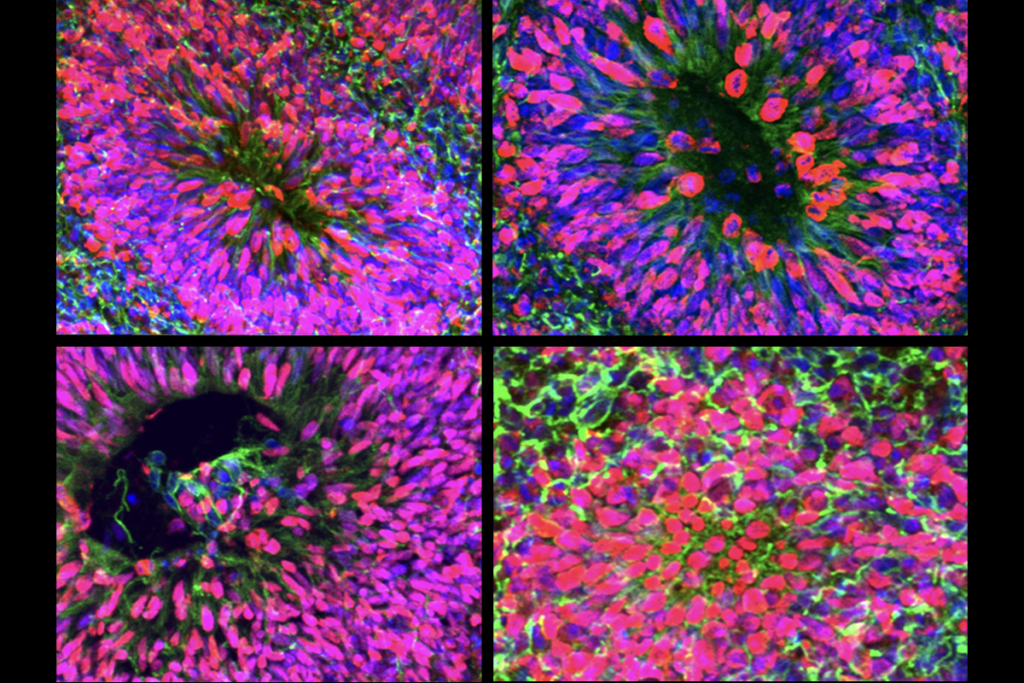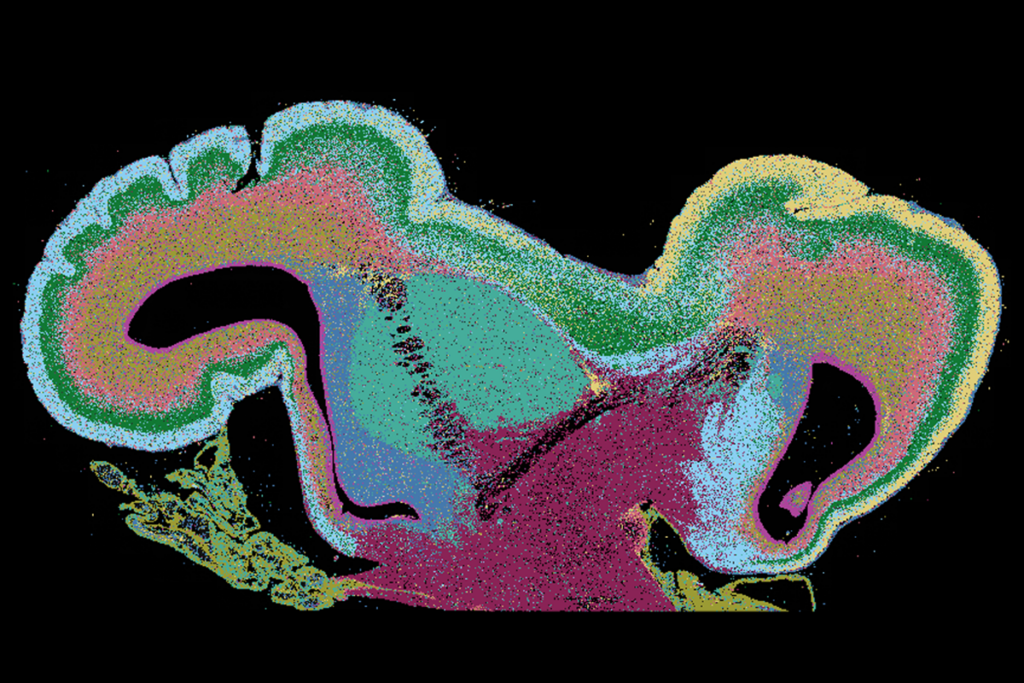Molecular mechanisms: Mutant mice show signs of autism
Mice that are unable to produce a carbohydrate molecule that regulates cell growth show behaviors that resemble the core deficits of autism, according to a study published 27 March in the Proceedings of the National Academy of Sciences.
Mice that are unable to produce a carbohydrate molecule that regulates cell growth show behaviors that resemble the core deficits of autism, according to a study published 27 March in the Proceedings of the National Academy of Sciences1.
Heparan sulfate forms complexes with proteins that sit on the cell surface, and mediates cell signaling by linking them to other proteins, such as growth factors. The compound is also present at synapses, the junctions between neurons.
Studies have shown that animal models lacking genes necessary for the production of heparan sulfate develop abnormally shaped brains. To investigate whether heparan sulfate is also involved in maintaining neuronal signaling, the researchers looked at its role in the mature brain.
They engineered mice to lose the EXT1 gene — which is required for heparan sulfate synthesis — three weeks after birth, and only in neurons of the forebrain. The forebrain is an important cognitive region that includes the hippocampus, which is required for learning and memory, and the amygdala, which helps process emotions.
Unexpectedly, these mice show features that resemble the core deficits in autism, the study found. The mice are less interested than controls in reuniting with siblings after a separation, more likely to avoid than to challenge intruder mice in their cages, and more likely than controls to back down when confronted with another mouse in a small tube, all of which suggest social deficits. Male mice lacking EXT1 also produce fewer and shorter vocalizations compared with controls when interacting with females.
When placed in a cage with holes in the floor, the mice lacking EXT1 tend to repeatedly poke their noses into the same hole, a behavior reminiscent of the restricted interests seen in people with autism, whereas controls explore different holes, the study found.
The mice also show sensory sensitivity, which is often associated with autism. However, they are less anxious than controls, freely exploring elevated or bright corridors and running around open spaces.
These mice also produce weaker signals from neurons in the amygdala. These neurons have fewer receptors that bind to glutamate, which mediates excitatory signaling in the brain.
Two autism-associated genes, CNTNAP2 and NRXN1, contain regions that could bind to carbohydrates such as heparan sulfate, the researchers say.
References:
1: Irie F. et al. Proc. Natl. Acad. Sci. USA 109, 5052-5056 (2012) PubMed
Recommended reading

New organoid atlas unveils four neurodevelopmental signatures

Glutamate receptors, mRNA transcripts and SYNGAP1; and more

Among brain changes studied in autism, spotlight shifts to subcortex
Explore more from The Transmitter
Can neuroscientists decode memories solely from a map of synaptic connections?

AI-assisted coding: 10 simple rules to maintain scientific rigor
